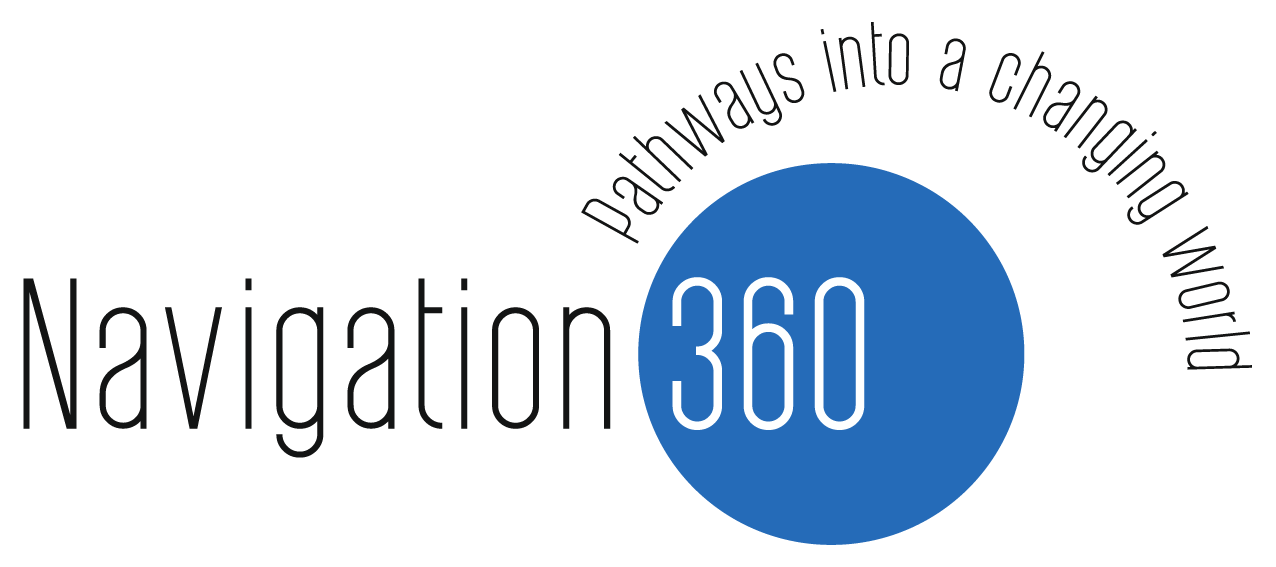The Grand Bargain commitments that resulted from the World Humanitarian Summit in 2016 envisage significant changes to how the collective humanitarian ‘system’ operates. Since then, the ten commitments have been extensively discussed in separate working groups, while there is also a beginning compilation of progress based on voluntary self-reporting.
GMI’s ongoing work, particularly on the commitments related to a ‘participation revolution’ and ‘localisation’, confirms the observation in the 2017 synthesis report that, in this regard, “there is little evidence yet of structural or systemic change that would allow a more flexible international footprint according to national and local capacities and context, or increase the representation of local actors in humanitarian decision-making.” [i]
One way of driving change is to conduct more reviews and evaluations with reference to the Grand Bargain. Taking our two commitments of core interest, the Grand Bargain document offers some possible indicators, that can directly be translated into real time and retrospective evaluation questions.
Commitment 6: Participation Revolution
§ The leadership and governance mechanisms at the level of the humanitarian country team and cluster/sector mechanism ensure engagement with and accountability to people and communities affected by crisis;
§ Common standards and a coordinated approach are applied for community engagement and participation, with emphasis on inclusion…and supported by a common platform for sharing and analysing data to strengthen decision-making, transparency, accountability and limit duplication;
§ Local dialogue is used as well as technologies to support agile, transparent but also secure feedback;
§ There is a systematic link between feedback and corrective action to adjust programming;
§ Donors provide time and resources for this and fund with flexibility to facilitate programme adaptation in response to community feedback;
§ All humanitarian response plans – and strategic monitoring of them- as of the beginning of 2018 demonstrate analysis and consideration of inputs from affected communities.
Commitment 2: More Support and Funding Tools for Local and National Responders.
§ There is multi-year investment in the institutional capacities of local and national responders, including preparedness, response and coordination capacities. This is being achieved also in collaboration with development partners and through the incorporation of capacity strengthening in partnership agreements;
§ Barriers that prevent organisations and donors from partnering with local and national responders are removed, and their administrative burden reduced;
§ National coordination mechanisms are supported where they exist, and local and national responders are included in international coordination mechanisms, as appropriate and in keeping with humanitarian principles;
§ Greater use is made of funding tools which increase and improve assistance delivered by local and national responders, such as country-based pooled funds.
Other indicators can also be envisaged for these two commitments. Other Grand Bargain commitments, e.g. to more joint and impartial needs assessments, increased coordination and use of cash programming, and harmonised and simplified reporting requirements, can equally be chosen for evaluative attention.
In 2017, as member of the Steering Committee of the Dutch Relief Alliance end evaluation, I advised adding a Grand Bargain reference as third attention area, to the two that considered collective performance against classical DAC criteria such as relevance, efficiency, effectiveness and impact.[ii]This may have been the first such.
In February 2018, the Global Mentoring Initiative (GMI) conducted a review of the collective response to the Rohingya crisis in Bangladesh through a Grand Bargain lens, particularly the two commitments mentioned above.[iii] Our general findings confirm those of a real-time review of the DEC agencies response but enrich them with a Grand Bargain lens. This is not as innovative as it seems: It follows in the footsteps of the ground-breaking 2005 evaluation of the ‘Impact of the International Response to the Indian Ocean Tsunami on Local & National Capacities’, that one of us was involved in. [iv]Unfortunately, it also reveals that, 13 years later, the international relief industry has not taken on board its recommendations. Nor have the commitments made in Istanbul in May 2016 made any difference to how we so far responded to the Rohingya crisis.
Grand Bargain commitments are particularly relevant, because they consider a more strategic, collective-action level. Too many reviews and evaluations still focus on projects or smaller-scale programmes which are seldom, by themselves, enough to achieve more lasting impact and more transformative change.
Translating the Grand Bargain commitments into practice will take time and multiple efforts. Introducing them in evaluations is one mechanism to help this happen. To that effect, evaluators of humanitarian action (like humanitarian advisors) will have to become very conversant with the Grand Bargain, which is not yet the case.
[i] OCHA 2017: No Time to Retreat: First annual synthesis report on progress since the World Humanitarian Summit.
[ii] We agree with our ODI colleague T. Pasanen, that we should not add more to ToR that are already disproportionate to the time and budget available but select some for particular attention. 2018: Time to Update the DAC Evaluation Criteria? https://www.odi.org/comment/10594-2018-time-update-dac-evaluation-criteria
[iii] GMI 2018: Debating the Grand Bargain in Bangladesh. How are Grand Bargain commitments shaping the response to the FDM/Rohingya influx? www.gmentor.org/localization
[iv] Tsunami Evaluation Coalition 2005 : https://www.alnap.org/help-library/impact-of-the-tsunami-response-on-local-and-national-capacities

